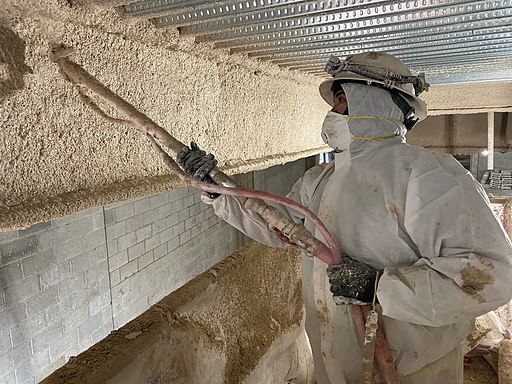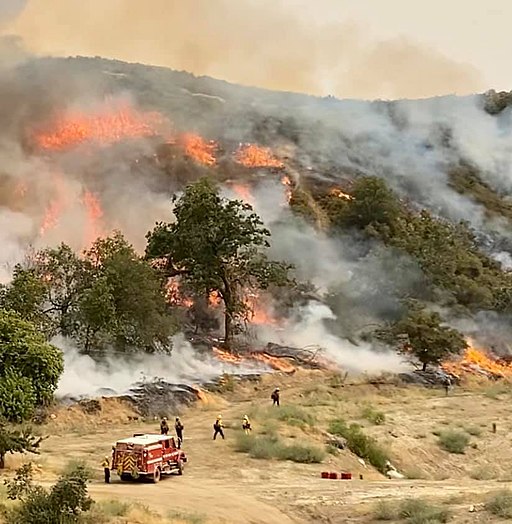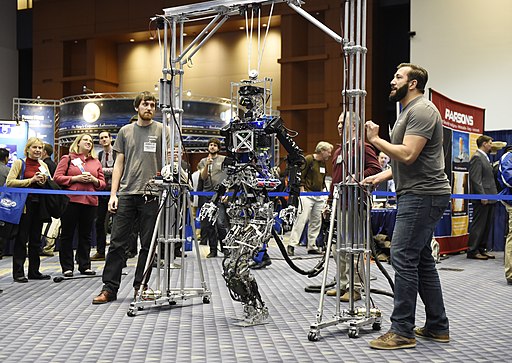According to the Bureau of Labor Statistics, the employment of firefighters is projected to grow by 4% from 2021 to 2031. That’s approximately 28,000 openings for firefighters per year over the decade. While these numbers may seem encouraging, there are other factors at play that can challenge this positive outlook.
This article will explore current firefighting trends and the potential challenges firefighters may have to overcome. We’ll answer the question of whether or not firefighters will be needed in the future.
Trends and challenges
As our world has become increasingly complex, so have the challenges firefighting professionals face. In an era of extreme weather events, technological advances, and rapidly changing building designs, firefighters should prepare to meet unprecedented challenges. However, as these trends continue to evolve, so will the firefighter’s role in society. To understand how this profession may adapt to meet the ever-shifting demands of modern firefighting, let’s take a closer look at some key trends that could impact its future.
Impact of technology and automation in the fire service
Trend:
In recent years, advancements in technology have enabled firefighters to utilize more sophisticated equipment and systems when responding to emergencies. From wearable sensors that measure vital signs and heart rates to automated drones that can provide real-time aerial footage during search and rescue operations, technology plays an increasingly important role in helping ensure quick and effective responses from firefighters.
Will a self-driving truck with robots be able to put out a fire one day?
Yes. Combining self-driving fire trucks with robots will certainly save many lives when a fire department faces difficult fires to extinguish. Those saved lives include firemen who risk their own lives. It might help firemen focus on helping people while the robots do the tougher jobs. This robot-human team will no doubt save thousands of lives in the future.
– Denis Rothman, Artificial Intelligence By Example
As this trend continues, more advanced technologies such as self-driving firetrucks and autonomous robots will likely become commonplace within the industry. These technologies could help reduce response times for personnel while increasing their overall safety; reducing both human error rates and fatalities due to hazardous conditions.
Challenge:
The challenge facing fire departments is the potential for job loss and displacement due to advances in automation and artificial intelligence. Automation has already affected many industries, including firefighting.
By modernizing automatic sprinklers and fire suppression systems, the potential to significantly reduce or even eliminate the need for firefighters in this aspect is becoming increasingly likely.
Changes in building design and fire safety regulations
Trend:
With advancements in construction materials come new considerations for public fire safety regulations. Modern buildings often include features such as non-combustible insulation panels, steel frame construction with extra supports throughout, and highly efficient sprinkler systems that can limit potential damage caused by any blaze.

An installer applies cementitious fireproofing to a building’s steel beams, ensuring that the structure can withstand the intense heat of a fire.
Photo by Shaya Wahl, CC BY-SA 4.0 via Wikimedia Commons
Challenge:
These changes are crucial for ensuring public safety but may also require more technical expertise from firefighters when responding to a situation, necessitating regular training programs for personnel on the latest codes and standards.
Firefighters must continuously train to learn new techniques needed to fight fires safely and effectively, as well as master the use of complex equipment used in emergency medical services (EMS).
Evolving nature of emergency situations and disasters
Trend:
The number of forest and wildland fires in the United States has increased significantly in recent years, with an average of over 71,000 fires occurring annually from 2007 to 2018. This trend will likely continue in the future, meaning that firefighters will be responding to a growing number of these types of emergencies. The increasing frequency and severity of forest and wildland fires pose a significant challenge for firefighters, who must work to protect lives, property, and natural resources.

El Dorado Fire, 2020
Challenge:
The challenge for firefighters is clear: fire departments must respond to an ever-growing number of emergency situations and disasters in an increasingly complex and dangerous environment. Firefighters need to be prepared for the unexpected. Fires can spread quickly, and conditions can change rapidly, placing a greater strain on their resources.
Climate change has caused an increase in extreme weather events such as thunderstorms, hurricanes, and tornados, all of which can create additional problems for firefighters.
Mental Health Issues
Trend:
Firefighters are particularly vulnerable to mental health issues, with post-traumatic stress disorder, depression, and heavy drinking all rising in direct proportion to the number of traumatic experiences they have endured. This statistic indicates a need for more significant consideration of the mental health of emergency workers on both an individual and broader policy level.
Challenge:
Firefighters often have limited access to quality mental health care due to a lack of knowledge or stigma surrounding mental health issues. Even when treatment is available, some may be unable to identify or address their problems due to shame or guilt.
There is now a greater demand for mental health services from first responders exposed to traumatic events. This demand highlights the need for increased support networks among personnel to help them remain physically and mentally fit enough to respond effectively during emergencies.
Emergency calls
Trend:
Fire departments across the United States received 36,624,000 calls in 2021, according to data from the National Fire Protection Association (NFPA). This number has increased steadily over the years, reflecting the growing need for firefighters and other emergency personnel services.
Challenge:
The increased call volumes have led to staffing shortages within many local fire departments. Many communities lack the resources to adequately staff their fire stations with professionally trained firefighters and first responders.
As such, a fire department must contend with the added strain of responding to more critical and complex emergencies in addition to an increasing volume of calls. To keep up with this demand, a fire department must find ways to increase its volunteer firefighters or risk becoming overwhelmed by the sheer volume of calls.
Unfortunately, recruitment and retention efforts for volunteer firefighters have become increasingly difficult as job demands continue to grow while wages remain stagnant or insufficient in some areas.

Graduate students from Virginia Tech demonstrate the abilities of the Shipboard Autonomous Firefighting Robot (SAFFiR), Naval Future Force Science and Technology, EXPO2015.
Office of Naval Research from Arlington, United States, CC BY 2.0, via Wikimedia Commons
Firefighters in the Future
The future of firefighting is uncertain, but communities will always need firefighters to protect them. However, with advances in technology and the changing needs of modern society, firefighters may find themselves playing a different role in the future.
For starters, fire departments may need to invest more heavily than ever in training their personnel to take on new responsibilities. Firefighters will still be responsible for extinguishing fires and responding to emergencies and will continue to be Emergency Medical Technicians (EMTs) or Wildland Firefighters (WFFs) trained to battle forest fires and perform wildland fire breaks. They may also have additional duties, such as providing emergency medical procedures, since they are often one of the first people on the scene in an emergency.
Investing in the fire service is essential if we want our communities to remain safe. They should invest in equipment and robust training programs that teach firefighters how to handle any situation they might encounter on duty.
When we think of the future, it’s not just technology and innovation that takes center stage but also the occupations that will be needed to keep society functioning in the years to come. Firefighters are integral to public safety, and their role is expected to remain significant.
As long as we continue investing in our firefighters’ well-being and equip them with the tools needed for success, we can ensure that our cities remain safe from harm no matter the challenges.


